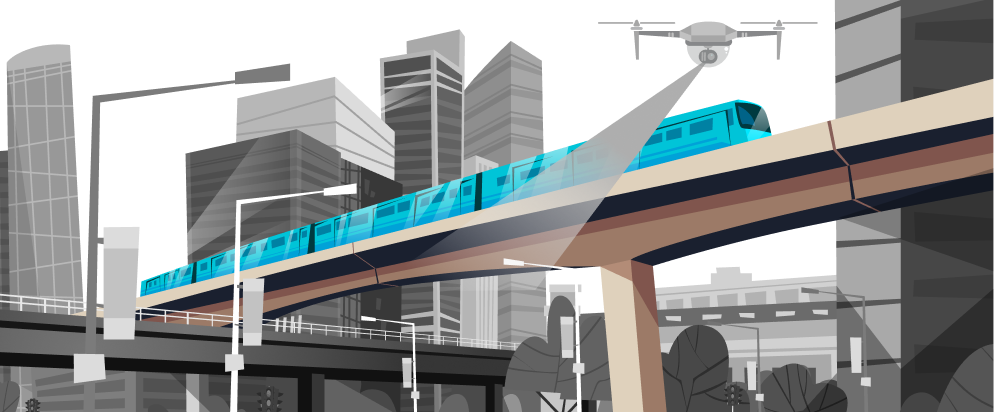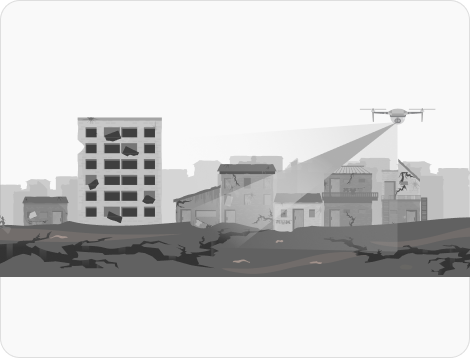Infrastructure Inspection
AI-powered assessment for safer, more resilient structures.


Analyzing bridges, roads, buildings and other critical infrastructure for defects and wear is important for public safety purposes. Computer vision and AI help in better analysis of infrastructures by automating the inspection, reducing human error and enabling proactive maintenance and risk mitigation
Traditional infrastructure assessments demand extensive time, labor and resources.
Our AI solution automatically analyzes structural conditions with accuracy and reduces time and costs involved.
Human inspections may miss out on detecting early-stage cracks, corrosion and other critical flaws.
AI systems can help detect even the slightest of structural anomalies and allow timely intervention before major failure.
Inspecting infrastructures like bridges, high-rise buildings or tunnels can be hazardous.
AI systems enable remote inspections of infrastructure, reducing risk for human inspectors.
Infrastructure can deteriorate between scheduled inspections and lead to unexpected failures.
AI enables ongoing monitoring and predictive analytics to prevent structural failures before they happen.
Infrastructure inspection helps industries and organizations responsible for maintaining safe and efficient infrastructure.


We gather structural data from drones, cameras and IoT sensors.
Train the AI model to detect cracks, corrosion and other integrity risks.
Enable continuous assessment and get instant alerts of potential hazards.
Get detailed reports and insights for timely repairs and maintenance planning.
Stay updated with the trending and most impactful tech insights. Check out the expert analyses, real-world applications, and forward-thinking ideas that shape the future of AI Computer Vision and innovation.
Collaboration creates a story. Some are born from timing, others from shared ambition. But the partnership between WebOccult and Deeper-I began from something subtler, a mutual belief that intelligence should live closer to the world it serves. For years, Vision AI has been mastering the art of seeing, while Edge AI has been perfecting the […]

CEO & Co-founder
Any object that leaves a factory belt carries an identity. It may appear as a string of numbers etched into metal, a barcode printed on paper, or a label attached to packaging or glass material. Together, these small symbols form the nervous system of modern industry. They track movement, record responsibility, and ensure that everything […]

CEO & Co-founder
Every city breathes in patterns. Cars move, pause, and disperse in a rhythm that repeats itself through hours and seasons. Beneath this rhythm lies a kind of language, the pulse of motion that defines how urban life organizes itself. Yet, for all the technology that has reshaped cities, one of the simplest and most visible […]

CEO & Co-founder